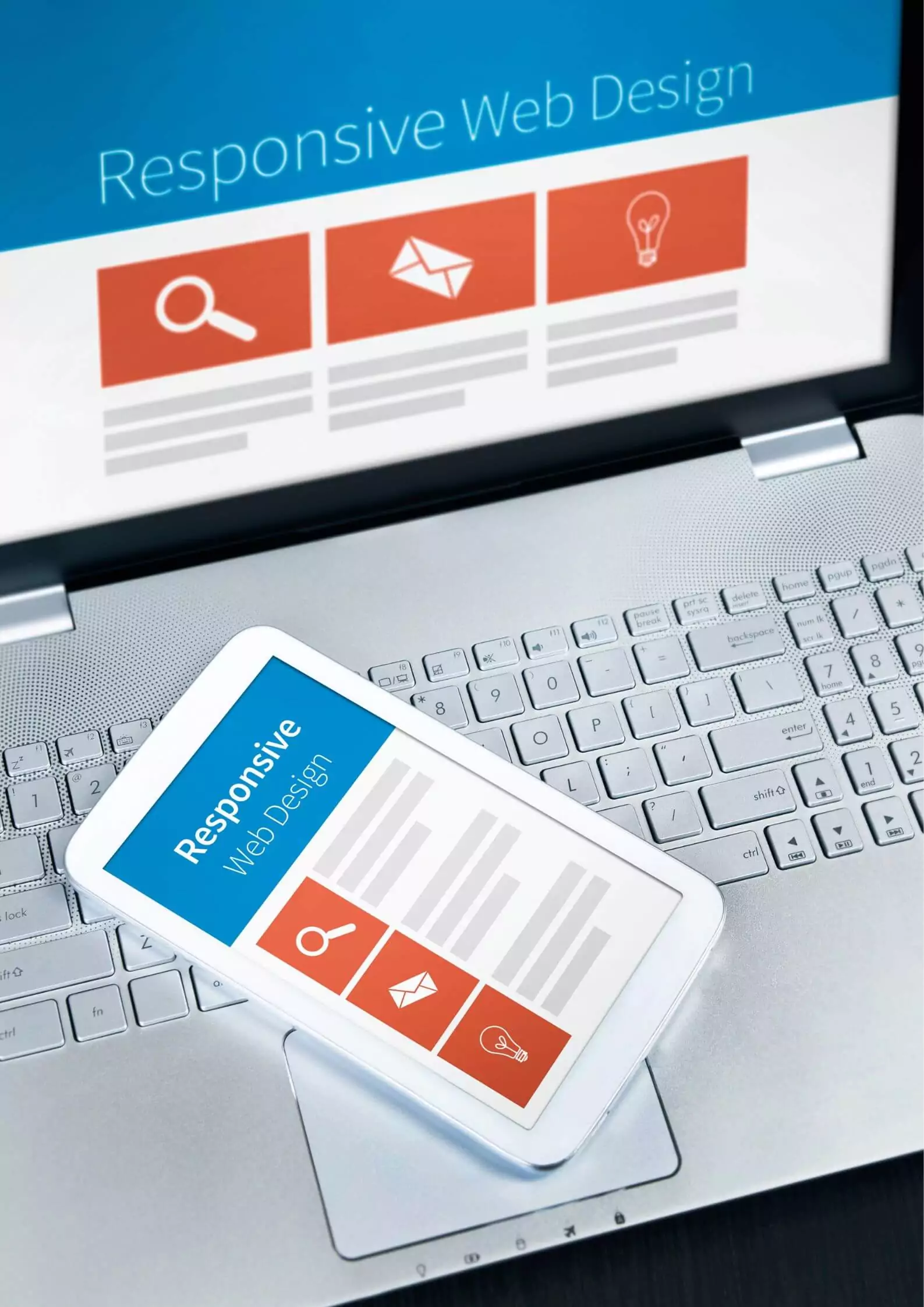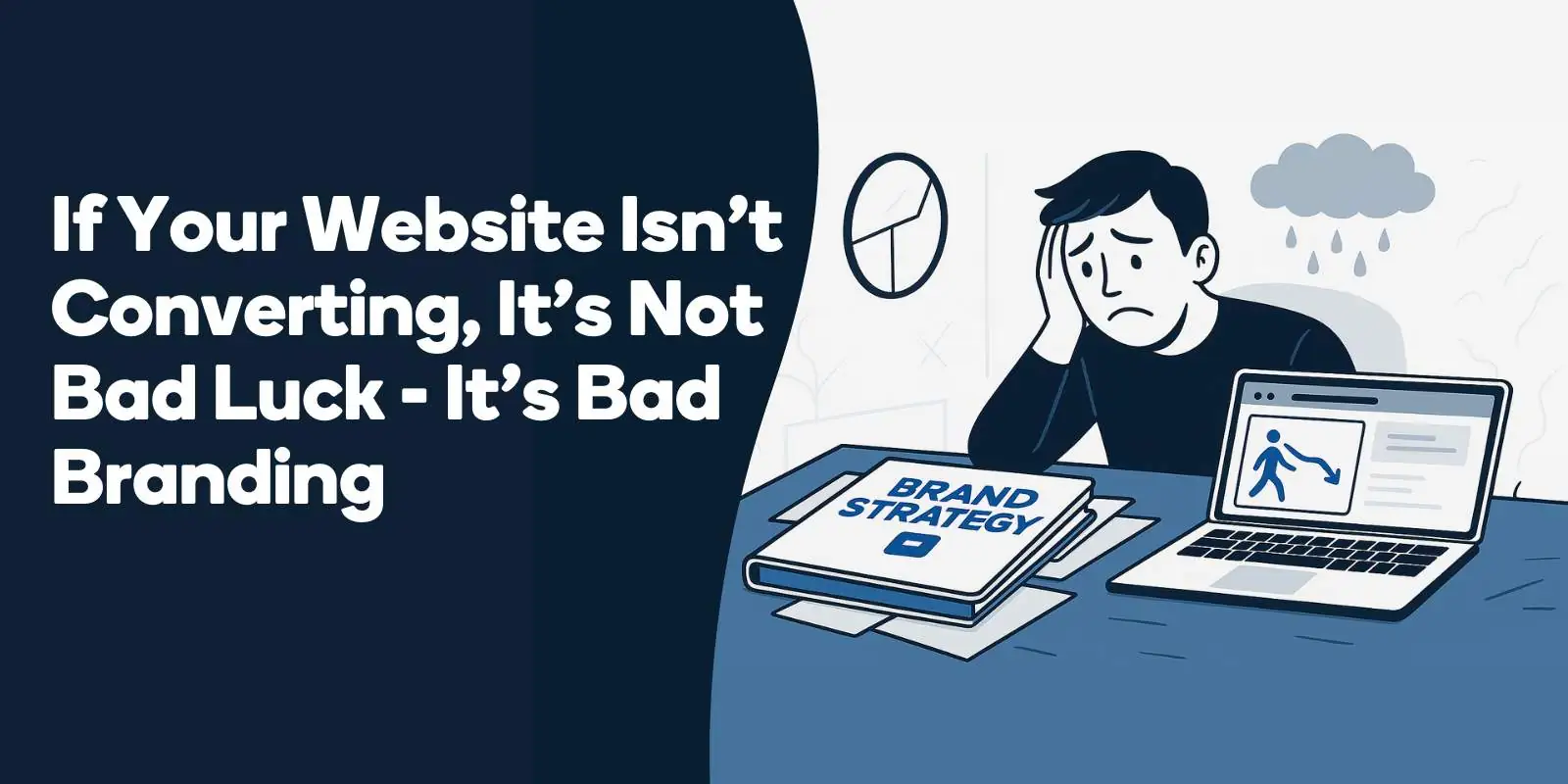With the rapid growth of mobile internet usage, it’s crucial for businesses to prioritize mobile-first design when creating websites.
According to Statista, over 50% of global website traffic now comes from mobile devices.
A mobile-first approach ensures that your website is optimized for the user experience (UX) and performance on smaller screens, leading to higher engagement and conversions.
This comprehensive blog post will cover essential strategies for mobile-first web design, focusing on key aspects like responsive design, mobile usability, and content prioritization.
1. Responsive Web Design: Adapting to Different Screen Sizes
Responsive web design is a technique that allows your website to adapt its layout to fit different screen sizes and devices.
Google recommends using responsive design for mobile optimization, as it provides a consistent user experience across various devices.
To implement responsive design:
- Utilize fluid grids that scale based on screen size
- Use flexible images that automatically resize and adjust to the viewport
- Apply media queries to apply different CSS rules for various screen widths
2. User Experience (UX): Prioritizing Mobile Usability
Optimizing your website for mobile UX is crucial to ensure user satisfaction and engagement.
A study by Google found that mobile users are five times more likely to abandon a website if it is not mobile-friendly.
To improve mobile usability:
- Simplify touchscreen navigation with large, easy-to-tap buttons
- Organize content for easy scanning and readability
- Minimize the need for users to zoom or scroll horizontally
3. Touchscreen Navigation: Streamlining Interactions for Mobile Users
Touchscreen navigation differs significantly from desktop navigation, requiring larger touch targets and more intuitive interfaces.
According to Apple’s Human Interface Guidelines, touch targets should be at least 44×44 pixels for optimal usability.
To enhance touchscreen navigation:
- Ensure buttons and links have sufficient padding and spacing
- Use mobile-friendly menus, such as hamburger menus or drop-downs
- Opt for swipe gestures over hover effects, which don’t translate well to touchscreens
4. Fluid Grids: Creating Flexible Layouts for Various Screen Sizes
Fluid grids are a core component of responsive design, allowing your website layout to adjust smoothly to different screen sizes.
A List Apart’s seminal article on fluid grids suggests using relative units like percentages instead of fixed widths to create flexible layouts.
To build fluid grids:
- Define column widths using percentages instead of pixels
- Set maximum and minimum widths to maintain design integrity on extreme screen sizes
- Use CSS Flexbox or CSS Grid to create modern, flexible grid systems
5. Flexible Images: Ensuring Visual Content Adapts to Screen Dimensions
Flexible images automatically resize and adjust to fit the available screen space, maintaining visual consistency across devices.

Award-Winning
Sales Funnel & Website Expert
Discover How My Agency Can Grow Your Business
- Website: Our websites are the perfect blend of form and function.
- Sales Funnel: We build sales funnels that turn leads into customers.
- SEO: Get found online with our expert SEO services.
According to Smashing Magazine, it’s crucial to serve appropriately scaled images to avoid excessive bandwidth usage and slow page load times.
To implement flexible images:
- Use CSS to set image widths to 100% of the container
- Employ responsive image techniques, like the srcset attribute or picture element
- Opt for Scalable Vector Graphics (SVG) when possible for crisp, resolution-independent visuals
6. Mobile Performance: Optimizing Page Load Time for Better User Experience
Slow-loading websites can lead to poor user experience and high bounce rates.
According to Google, 53% of mobile users abandon a site if it takes longer than 3 seconds to load.
To improve mobile performance:
- Optimize images by compressing and resizing them for various screen resolutions
- Minify and combine CSS and JavaScript files to reduce the number of server requests
- Use browser caching and a Content Delivery Network (CDN) to speed up content delivery
7. Content Prioritization: Focusing on What Matters Most to Mobile Users
Mobile users often have different priorities and preferences compared to desktop users.
It’s essential to prioritize the most important content and features for mobile users.
According to Nielsen Norman Group, prioritizing content for mobile users increases satisfaction by 35%.
To prioritize content effectively:
- Identify the most critical content and features for your target audience
- Use a mobile-first approach when designing content hierarchy and navigation
- Employ progressive disclosure techniques to reveal additional content or features as needed
8. Mobile Typography: Enhancing Readability on Small Screens
Clear and legible typography is crucial for a positive mobile user experience.
A study by MIT suggests that font size and line spacing significantly impact reading comprehension and satisfaction.
To optimize mobile typography:
- Choose legible, easy-to-read fonts that scale well on small screens
- Maintain a minimum font size of 16px for body text
- Adjust line spacing and letter spacing for optimal readability
9. Mobile SEO: Ensuring Your Website Ranks Well on Mobile Searches
With the majority of searches now conducted on mobile devices, it’s vital to optimize your website for mobile SEO.
Google’s mobile-first indexing means that the search engine primarily uses the mobile version of a site for indexing and ranking.
To improve mobile SEO:
- Ensure your site is fully responsive and mobile-friendly
- Optimize metadata, such as title tags and meta descriptions, for mobile search results
- Configure the viewport for proper scaling on mobile devices
Frequently Asked Questions
What is mobile first website design?
Mobile-first design is a design philosophy that aims to create better experiences for users by starting the design process from the smallest of screens: mobile. Designers and developers first create a mobile version of a website and then scale up and build the tablet and desktop versions.
Should websites be designed mobile first?
In today’s digital age, where the majority of internet users access the web via mobile devices, adopting a mobile-first design strategy has become crucial. The approach ensures that the website’s design and performance are optimized for mobile devices first, providing a great user experience, regardless of the device. Google also prioritizes mobile-friendly sites in search results, making mobile-first design a vital SEO strategy.
Why is mobile first web design important?
Mobile-first web design is important because mobile usage has surpassed desktop usage, with over half of all web traffic now coming from mobile devices. This means that businesses can reach a wider audience by focusing on mobile users. Moreover, Google has moved to mobile-first indexing, which means it predominantly uses the mobile version of the content for indexing and ranking. Hence, neglecting mobile-first design may impact a website’s SEO performance negatively.
What is mobile first design CSS?
Mobile-first design CSS refers to the approach where CSS is written to target mobile devices as a baseline, then using media queries to add styles as the viewport size increases. This approach is opposite to the desktop-first design where the default styles are for the large screens and then media queries target smaller screen sizes to adjust the design accordingly.
What are the disadvantages of mobile first design?
While the mobile-first design approach has many benefits, it also has a few potential disadvantages:
- Design Limitations: Mobile screens are much smaller than desktop screens, which limits the amount of content and graphics you can display.
- Time and Resources: Designing for mobile first may require more time and resources as you have to design for multiple screen sizes.
- User Experience Trade-off: While improving the experience for mobile users, the experience for desktop users may not be as rich or fully featured due to the design constraints of mobile.
What is the difference between desktop first and mobile first?
The main difference between desktop-first and mobile-first design approaches lies in the starting point of the design process.
In a desktop-first approach, the website is designed with a focus on the desktop version. This design is then adapted to fit smaller screens, like tablets and mobiles. This approach can lead to issues when scaling down as certain elements may not adapt well to a smaller screen.
On the other hand, in a mobile-first approach, the design process starts with the mobile device version, focusing on core content and functionality, and then progressively enhances the experience for larger screens. This approach ensures that the website is optimized for a great experience on mobile devices.
Conclusion: Building a User-Friendly Mobile Experience
Adopting these tactics will enable you to develop a mobile-first website that emphasizes user experience and efficiency on mobile devices.
As an increasing number of users browse the internet via their smartphones and tablets, it’s crucial to optimize your website for mobile in order to outpace competitors and offer a smooth experience for your visitors.






